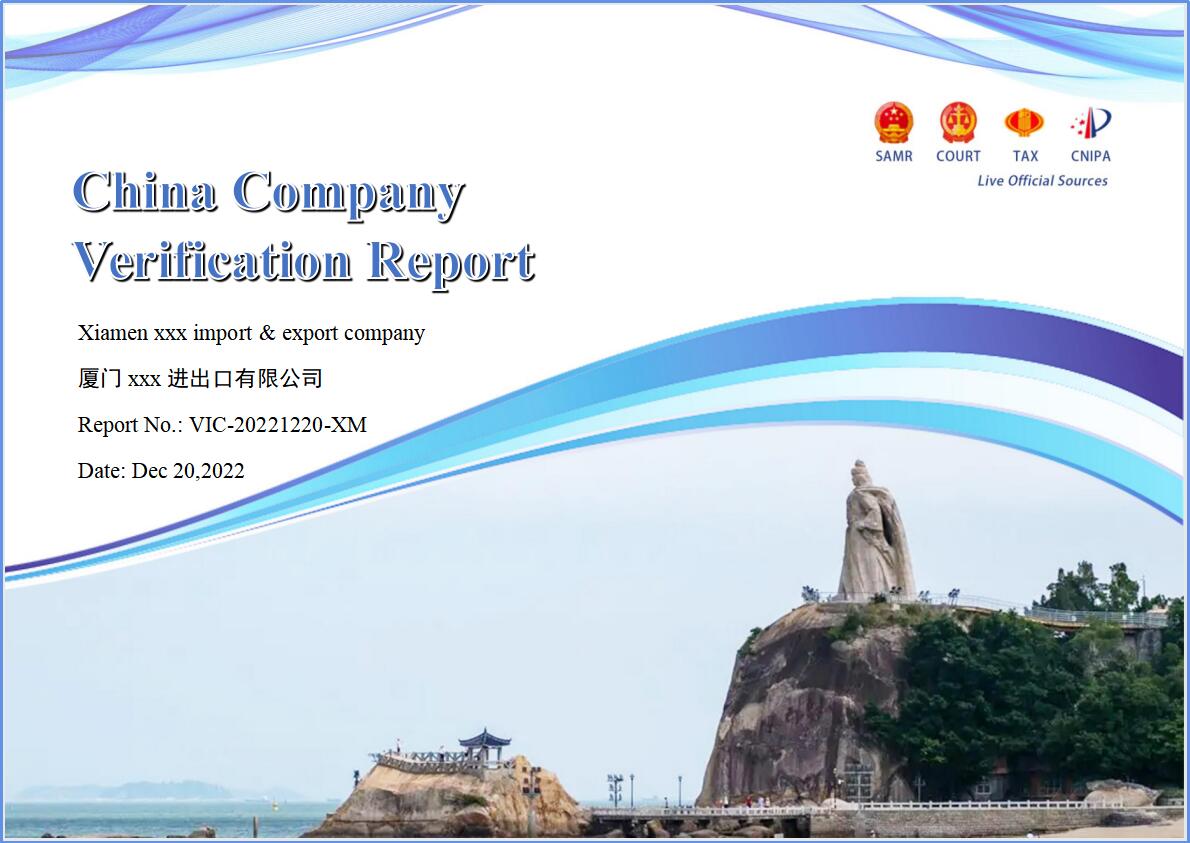Dongzhi County, under the Anhui Province of Chizhou City. It is located in the south of Anhui Province, on the south bank of the lower reaches of the Yangtze River, bordering Guichi District, Shitai County and Qimen County in the east, bordering Fuliang County, Poyang County and Pengze County in the south and southwest of Jiangxi Province, facing Anqing City, Huining County and Wangjiang County across the river in the northwest, with a total area of 3,261 square kilometers. It is a subtropical humid monsoon climate. In 2021, the permanent population of Dongzhi County was 394,000. As of October 2021, Dongzhi County has jurisdiction over 12 towns and 3 townships.
To the east of the county, there is the river of Yao crossing and the mountain of Shun ploughing, which has enjoyed the reputation of "the hometown of Yao and Shun" since ancient times. Tang, divided into Qiupu County, Poyang County to De County. Southern Tang Baoda eleven years (953), Pengze County east flow field for East flow County. In 1959, Dongliu County and Zhide County were merged into Dongzhi County. At Hualong Cave site on the outskirts of the county, archaeologists have discovered the fifth important site of anthropoid fossils in China, which contains skull fossils. The skull fossils are named "Dongzhi Man", which proves that there were ancient human activities here about 300,000 to 500,000 years ago. At the end of 2015, Shengjin Lake in the northern part of the county was listed in the International List of Important Wetlands, which is the first wetland nature reserve in Anhui to be listed in the international level.
In 2021, the GDP of Dongzhi County was 24.33 billion yuan, an increase of 10.2% over the previous year. The value added of the primary industry was 3.53 billion yuan, and that of the secondary industry was 10.81 billion yuan. The added value of the tertiary industry is 9.99 billion yuan, and the tertiary industry structure is 14.5:44.4:41.1.
Minimize the Risk and Scam
Within 2 Working Day
$ 135 USD
